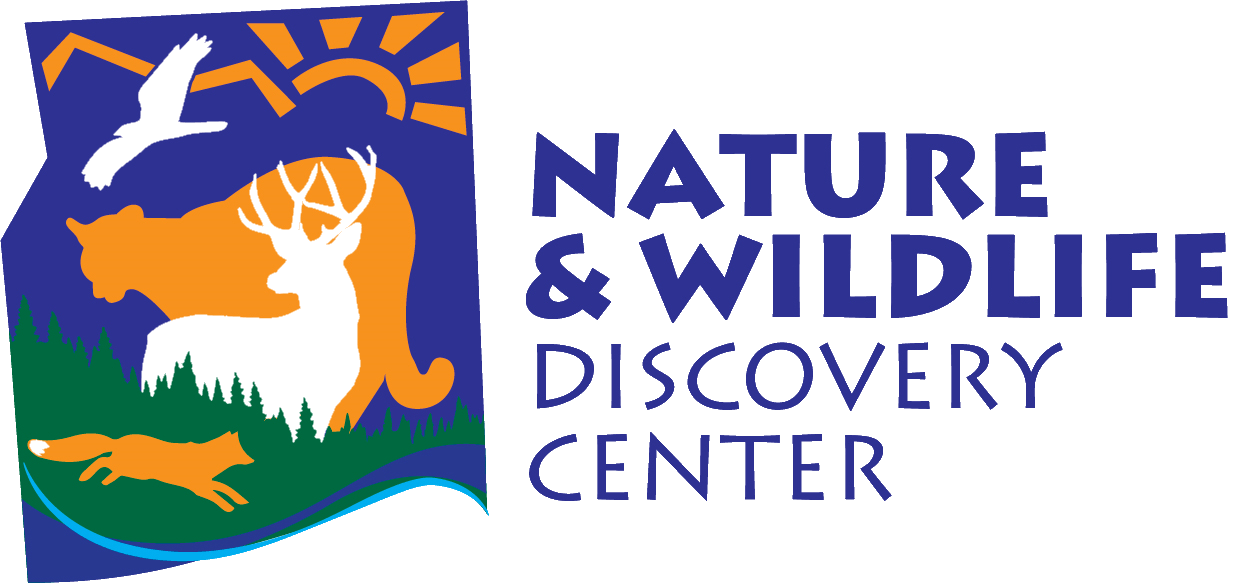Nature Schools
Kids grow better outside.
At NWDC, we believe in the power of nature to inspire curiosity, resilience, and a love for learning. Whether through self-guided play, school field trips, immersive nature education programs, or seasonal camps and events, we create opportunities for children to connect with the outdoors all year long.
Looking to book a field trip, private program, or attend a community event or summer camp? Click here to explore all of our educational and recreational offerings.
Looking for a way to give your child more time outside during the school week? Explore our two nature-based education programs below.
Earthkeeper Nature School
AGES 4-7
A forest-school-inspired program designed to foster creativity, independence, and a deep connection to nature. At Earthkeeper Nature School (ENS), learning happens outside the classroom, immersed in nature. Our curriculum supports the emotional, social, physical, self-help, and academic development of young learners. We integrate nature awareness, science, music, arts, mathematics, language arts, reading, and hands-on skill-building into a dynamic, experience-based learning environment. Through exploration and discovery, children gain confidence, curiosity, and a lasting love for the natural world—fueling the excitement for learning that is innate in every child.
"Children can not bounce off the walls if we take away the walls"
- Erin Kenny, founder of Cedarsong Nature School, the first of its kind in the US.
